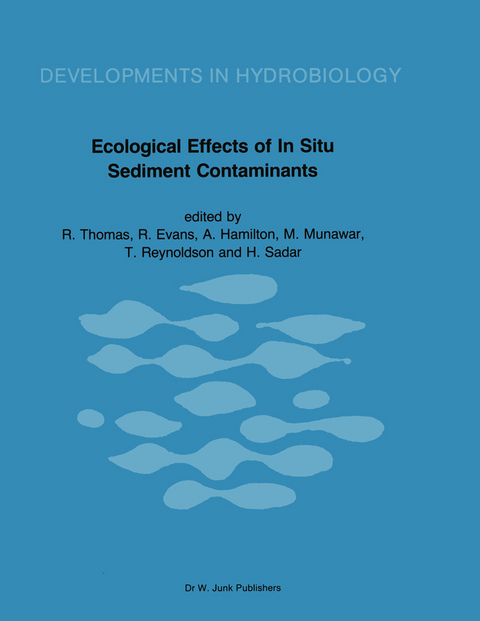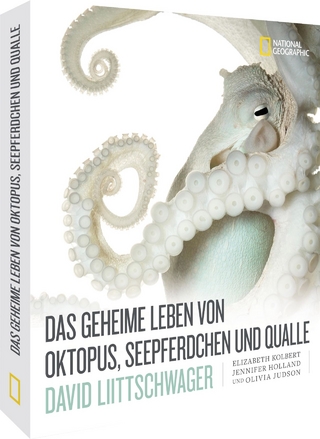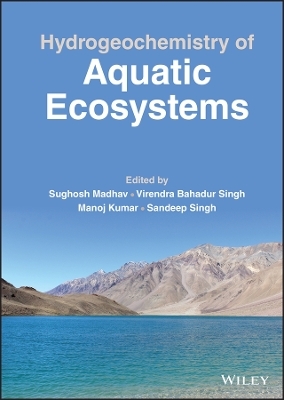
Ecological Effects of In Situ Sediment Contaminants
Kluwer Academic Publishers (Verlag)
978-90-6193-639-8 (ISBN)
- Titel z.Zt. nicht lieferbar
- Versandkostenfrei innerhalb Deutschlands
- Auch auf Rechnung
- Verfügbarkeit in der Filiale vor Ort prüfen
- Artikel merken
Introduction: Problems with In-Place Pollutants.- One: Processes Involved In Transfer and Cycling of Contaminants.- 1. The physics of sediment transport, resuspension and deposition.- 2. Sediments as a source for contaminants?.- 3. Biological processes involved in the cycling of elements between soil or sediments and the aqueous environment.- 4. Partitioning of trace metals in sediments: relationships with bioavailability.- Two: Impacts of Sediment Mediated Contaminants.- 5. Interactions between sediment contaminants and benthic organisms.- 6. Sediment-associated contaminants and liver diseases in bottom-dwelling fish.- 7. The human population — an ultimate receptor for aquatic contaminants.- Three: Methods of Assessing Bioavailability and Impact Assessment.- 8. The use of bioassay and associated tests in dredged material and disposal management.- 9. Phytoplankton bioassays for evaluating toxicity of in situ sediment contaminants.- 10. Assessing the bioaccumulation of contaminants from sediments by fish and other aquatic organisms.- 11. In-situ contaminants and environmental assessment — an ecological summary.- Four: The Social Implications and Context.- 12. Introduction. The social context: an overview.- 13. The social and human relevance of in situ sediments.- 14. Assessment of socio-economic ramifications.- 15. Perceptions, paradigms and ethics: a perspective on the social context of environmental issues.- 16. The leading question: in-situ structures of thought?.- Five: Case Studies.- 17. Accelerating recovery of the mercury-contaminated Wabigoon/English River System.- 18. Contaminated sediments in the Elbe Estuary: Ecological and economic problems for the port of Hamburg.- 19. A case study: Bay of Pozzuoli, Gulf of Naples.- 20. Consequences of environmentalcontamination by lead mining in Wales.- Six: Remedial Options.- 21. Sediment — associated contaminants — an overview of scientific bases for developing remedial options.- 22. A protocol for the selection of remedial options to control in situ sediment contaminants.- 23. Summary.- 24. Recommendations.
| Reihe/Serie | Developments in Hydrobiology ; 39 |
|---|---|
| Zusatzinfo | 3 Illustrations, black and white; 280 p. 3 illus. |
| Verlagsort | Dordrecht |
| Sprache | englisch |
| Themenwelt | Naturwissenschaften ► Biologie ► Limnologie / Meeresbiologie |
| Naturwissenschaften ► Biologie ► Ökologie / Naturschutz | |
| Naturwissenschaften ► Geowissenschaften ► Geologie | |
| ISBN-10 | 90-6193-639-X / 906193639X |
| ISBN-13 | 978-90-6193-639-8 / 9789061936398 |
| Zustand | Neuware |
| Haben Sie eine Frage zum Produkt? |
aus dem Bereich


